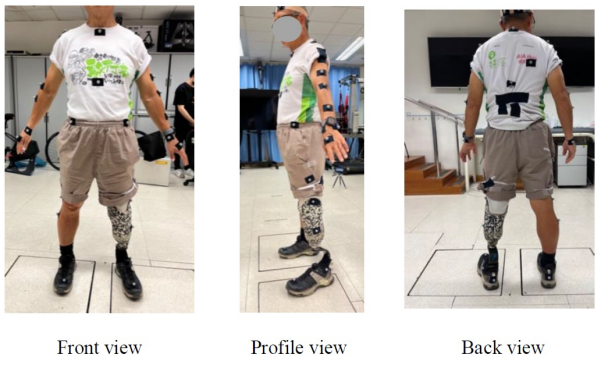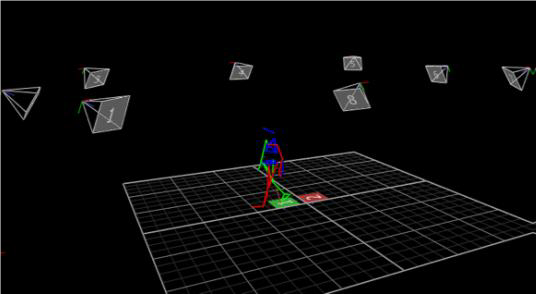Gait symmetry is a primary criterion for assessing the rehabilitation progress of unilateral transtibial amputees with prostheses. This study aimed to examine the gait symmetry of dynamic kinematic and kinetic functions in unilateral transtibial amputees using prostheses during walking. Gait imbalance was observed during loading response and midstance (around 30% – 45% stance phase) when the walking speed was increased. While SI values of ankle angles were enlarged with increased walking speed, indicating more asymmetry of ankle angle between two limbs with their traditional prostheses when the walking speed increases. The current prostheses (K2 and K3) can only support the basic daily activities for the unilateral transtibial amputees. The new design of prostheses should therefore focus on kinetic and kinematic parameters such as the symmetry between the residual limb and the intact limb, and energy saving for the amputees during high intensity activities.



